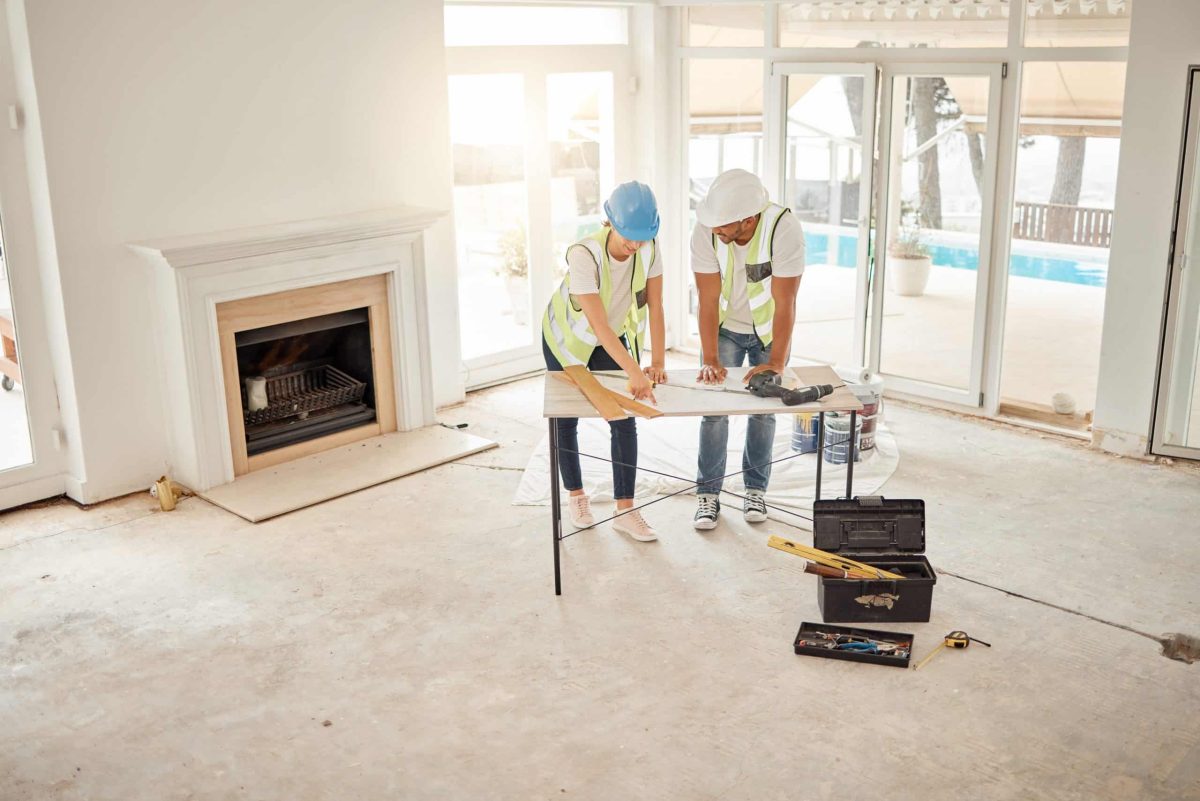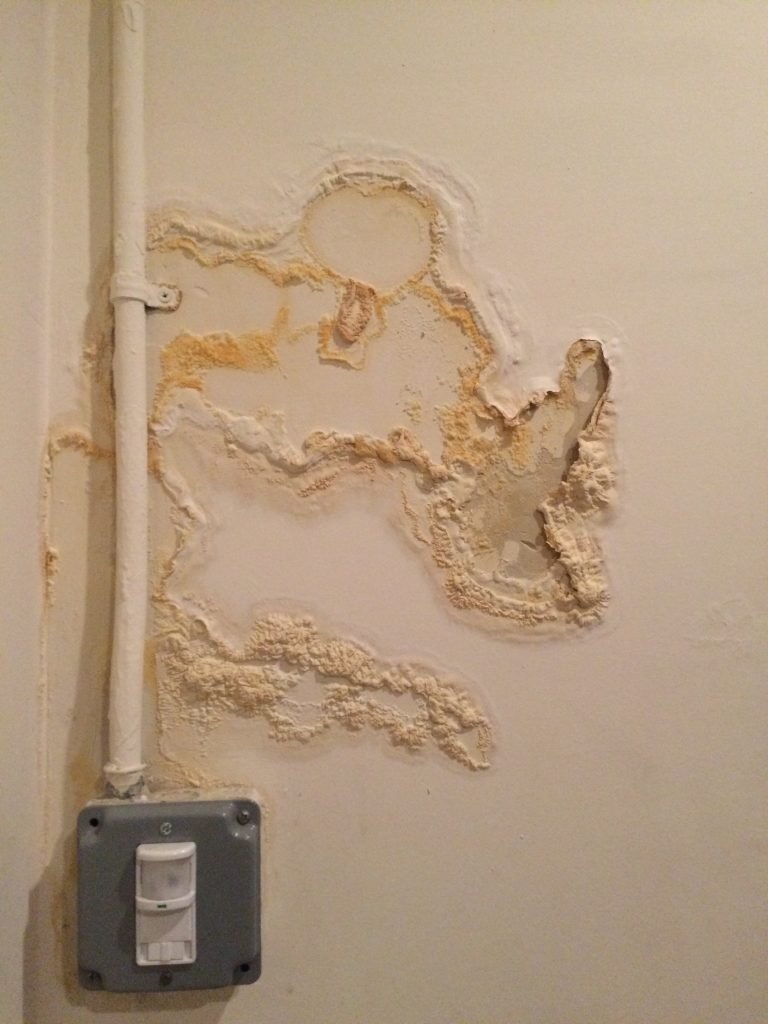How Water Damage Can Impact Your Home’s Structural Integrity

Water damage is one of the most serious threats a homeowner can face. When moisture infiltrates your home, it doesn’t just affect the visible parts of your property—it can compromise the structural integrity of your home over time. From weakening wooden frameworks to damaging foundations, this can lead to costly repairs and safety hazards. Understanding how water damage impacts your home’s structure is essential to preventing long-term issues.
How Water Damage Weakens Wooden Structures
One of the first areas affected by water damage is your home’s wooden components, such as beams, walls, and flooring. Wood is highly porous, meaning it absorbs moisture quickly. When exposed to water over time, wood begins to swell, warp, or rot, which weakens its load-bearing capacity. If left untreated, this can compromise the stability of entire sections of your home.
Mold is also a major concern when wood retains moisture. Once mold begins to grow, it spreads rapidly and deteriorates the affected materials. This can lead to unsafe living conditions and further structural damage. Preventing water damage in wooden areas of your home requires swift action, as repairs become more extensive the longer the problem persists.
Foundation Problems
Your home’s foundation is designed to be sturdy, but even it can fall victim to water damage. Excess moisture in the soil surrounding your foundation creates hydrostatic pressure. This pressure can cause cracks in the foundation, allowing water to seep into basements or crawl spaces. Over time, these small cracks can widen, compromising the stability of the entire structure.
Additionally, erosion caused by water pooling near the foundation can wash away soil and create uneven support for your home. When the foundation becomes unstable, it can lead to serious structural problems, such as sagging floors, misaligned walls, or even structural collapse. Ensuring proper drainage and waterproofing around your foundation is key to avoiding water damage in this critical area.

The Hidden Impact in Walls and Ceilings
Water damage doesn’t just affect what you can see; it also penetrates walls and ceilings. Leaks from plumbing issues, roof damage, or poorly sealed windows can allow water to seep into drywall, insulation, and framing. Over time, this moisture weakens these materials, causing sagging ceilings, bubbling paint, and crumbling drywall.
What’s even more concerning is that hidden water damage often goes unnoticed until it becomes severe. When structural components behind walls weaken, they can no longer provide the necessary support for your home. To learn more about identifying hidden moisture issues, check out this guide on signs of water damage in your home.
How It Affects Metal Components
If your home includes any metal supports, pipes, or fasteners, water damage can accelerate corrosion. Metal components, while durable, are not immune to the effects of moisture. Over time, exposure to water causes rust to form on metal surfaces, weakening their structural integrity.
Corroded pipes or fasteners can eventually fail, leading to leaks, structural instability, or even collapse in severe cases. Addressing the damage promptly reduces the chances of metal corrosion becoming a widespread problem. Regular inspections and maintenance of pipes and metal structures are critical to preventing extensive damage.
Long-Term Financial Impact
While water damage can severely affect your home’s structure, the long-term financial impact can be just as significant. Structural repairs caused often come with high costs. If left unresolved, what begins as a small leak can escalate into a major repair project involving floors, walls, and foundations.
Additionally, unresolved water damage can lower your property’s value. Potential buyers may view water damage as a red flag, leading to lower offers or difficulty selling your home. By addressing these issues early and investing in preventive measures, you can protect both your property and your wallet.
Preventing and Addressing The Damage
Preventing water damage starts with vigilance. Routine inspections of your roof, plumbing, windows, and foundation can help identify potential problems before they escalate. Proper drainage systems, waterproofing basements, and sealing cracks are all effective measures to reduce the risk of water infiltration.
However, when water damage does occur, acting quickly is essential. Professional remediation services can help assess the extent of the damage, remove excess water, and restore structural components. Partnering with a trusted team ensures the problem is addressed thoroughly, preventing further complications in the future.
Protect Your Home’s Structure from Water Damage
Water damage can quietly erode the foundation of your home, both structurally and financially. By understanding the risks and taking proactive measures, you can safeguard your home for years to come. Don’t wait for small leaks to turn into major problems.
